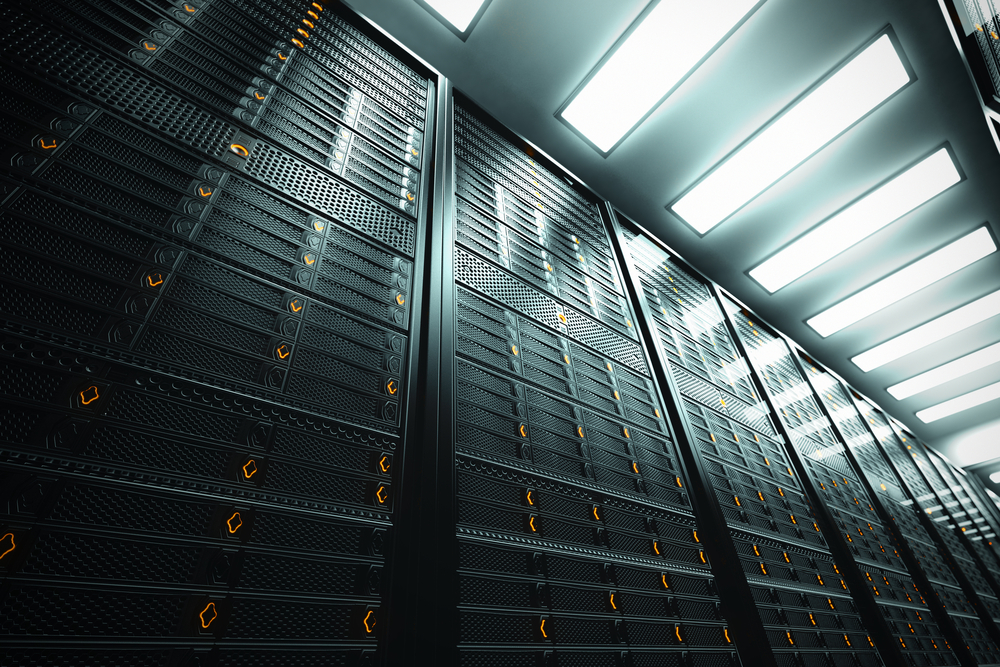January 25
Once used almost exclusively for high-performance computing and big data applications, high-density data centers are becoming more common due to the growing need for powerful computing performance across a variety of industries. Organizations are migrating from their outdated on-premises environments and into powerful colocation data centers that offer more robust and reliable infrastructure for their growing IT needs. As their server densities grow to meet customer demands, they can also work closely with their colocation partner to implement the latest cooling technologies to keep their workloads running efficiently.
What Is a High-Density Data Center?
Traditionally, a data center was considered “high density” if it consumed more than 5 kW per server rack, but innovations in server technology and computing demands have made this classification somewhat outdated. Today, the average server rack consumes about 8-10 kW of power, and two-thirds of US data centers experience peak power demands of 16-20 kW per hour. While many on-premises data solutions fall short of these power densities, most colocation and enterprise facilities can be comfortably classified as high-density.
Modern high-density data centers are designed to support different types of server equipment and configurations. They can be used for a wide range of applications, including cloud computing, big data analytics, artificial intelligence platforms, and high-performance computing. Typically more energy-efficient and cost-effective than traditional data centers, these facilities are also more complex to build and maintain, requiring specialized knowledge and expertise to manage effectively.
5 Cooling Challenges Facing High-Density Data Centers
By eliminating server sprawl, retiring outdated equipment, and implementing automated DCIM tools, high-density data centers have the potential to be much more efficient than traditional solutions on a pure square footage basis. Despite offering clear performance advantages, however, they still face a number of challenges when it comes to cooling.
1. Heat Generation
The sheer amount of computing power in a high-density facility generates a significant amount of heat at the individual rack level, which can be difficult to dissipate effectively. As organizations scale operations, their power density naturally increases, which in turn drives up the amount of heat generated by their servers and other IT equipment. Without a cooling solution that scales with capacity, it can be difficult to keep the data center at an appropriate temperature at all times.
2. Complex Infrastructure
High-density data centers require a more complex infrastructure to support increased power at the rack level, which can make it more difficult to implement and maintain effective cooling solutions. To maintain the ideal operational environment, they must implement specialized cooling equipment that often requires more sophisticated monitoring than traditional, less responsive (and less effective) systems.
3. Limited Space
Since high-density data centers are designed to accommodate a large number of servers and other computing equipment in a relatively small space, they require a different approach when it comes to scaling cooling capacity. In most cases, there simply isn’t enough space available to install traditional cooling equipment like computer room air conditioner (CRAC) units or chillers, both of which tend to be large and bulky.
4. Airflow Management
In high-density data centers, it's important to manage the airflow effectively to ensure that the servers and other computing equipment are getting the cooling they need. This can be challenging, particularly in data centers with complex layouts, sprawling cable networks, or a large number of servers in a small space. While it might be possible to install another CRAC unit, the additional cooling capacity might go to waste if the unit is running constantly but not pushing cold air where it’s needed.
5. Cost
High-density data centers can be more expensive to implement and maintain than traditional data centers when it comes to cooling. The specialized equipment and infrastructure required to support high-density servers can be costly, and the increased maintenance and monitoring requirements can also add to the overall expense. This makes it hard for most organizations to justify the expense of retrofitting their on-premises facilities to accommodate higher power density deployments, especially when they can easily migrate their tech stack and workloads into a shared colocation or hybrid environment.
In part 2 of this blog we explore the latest cooling solutions for high-density data centers.




